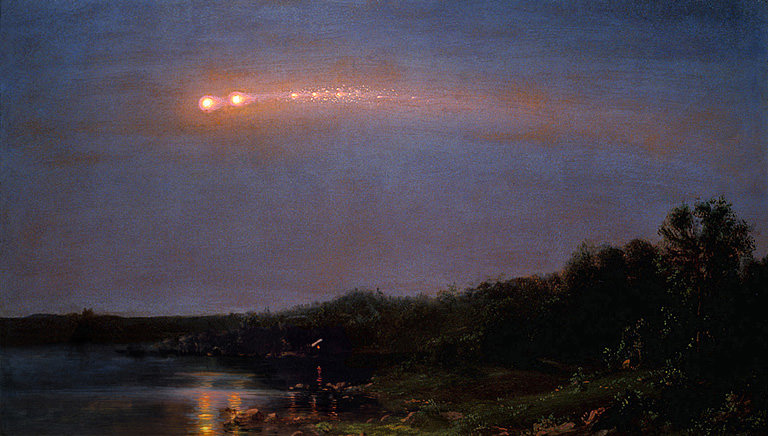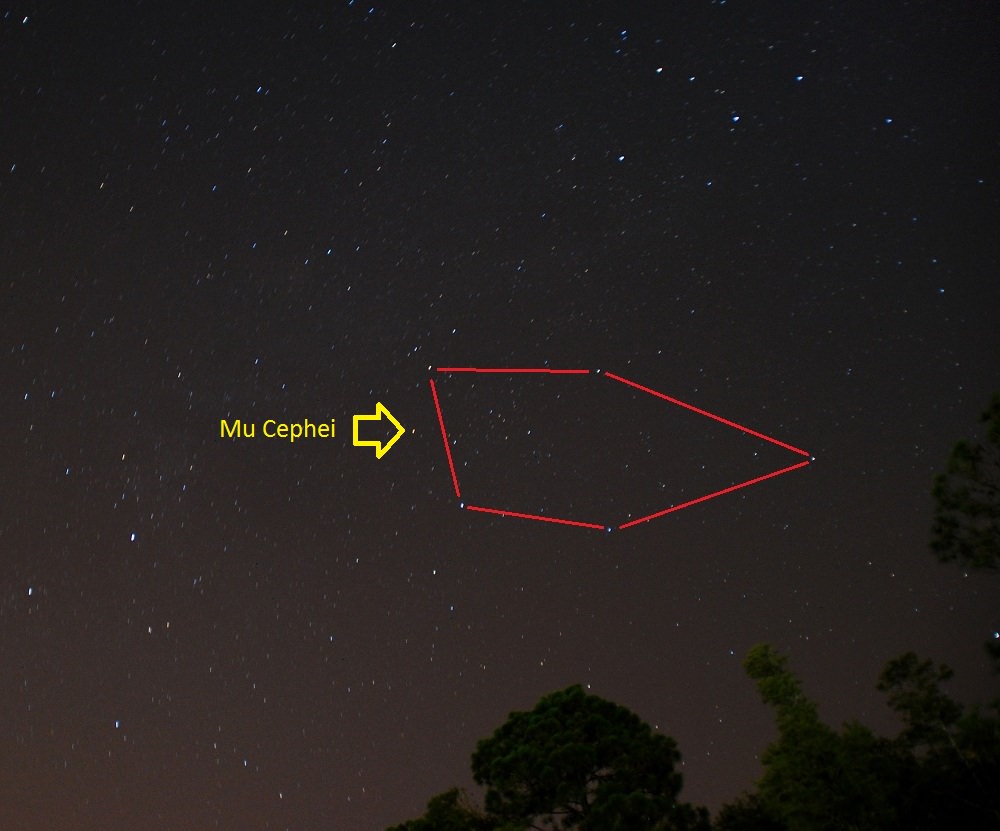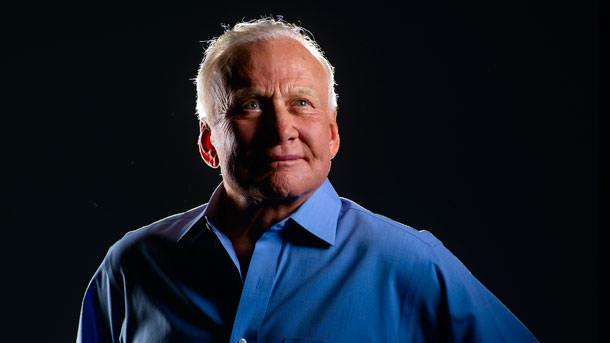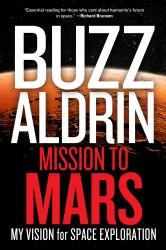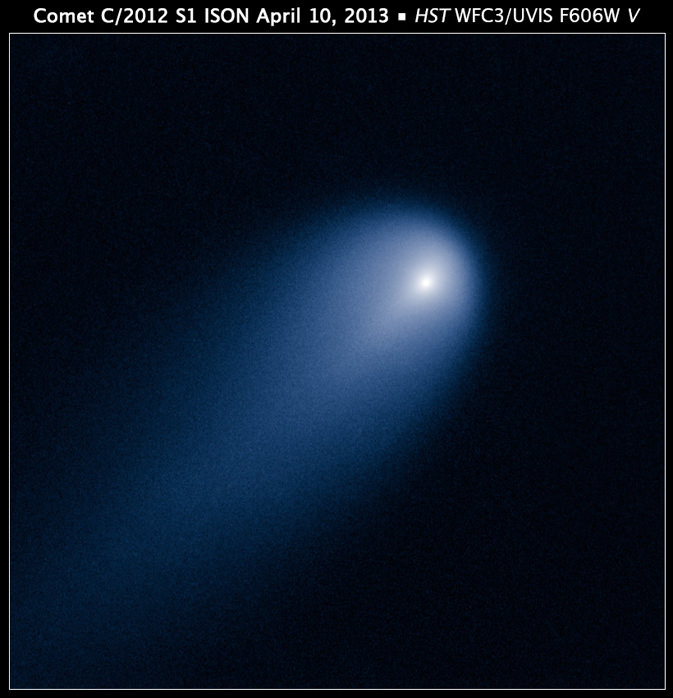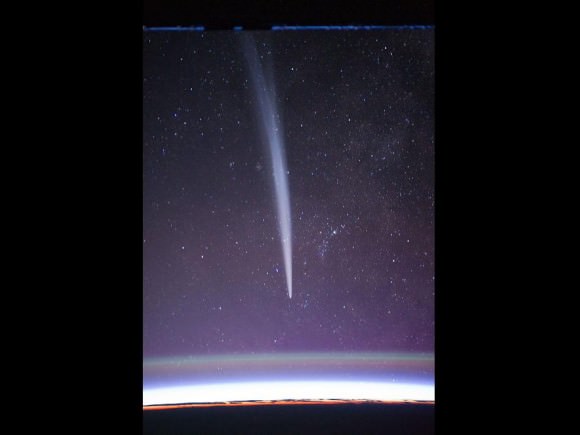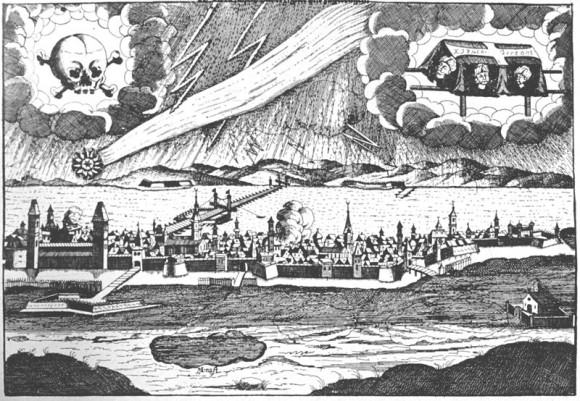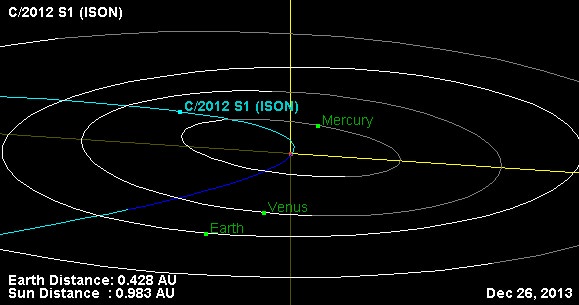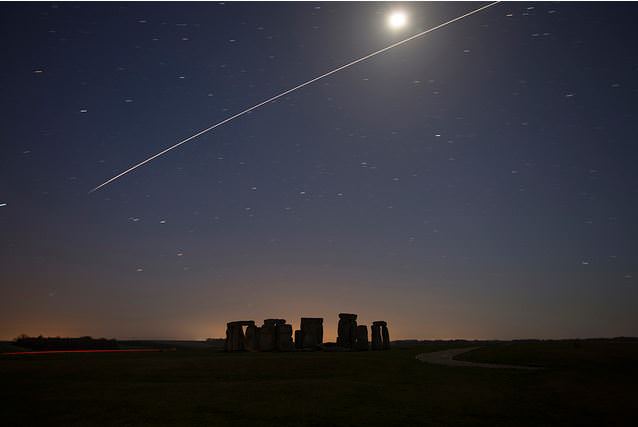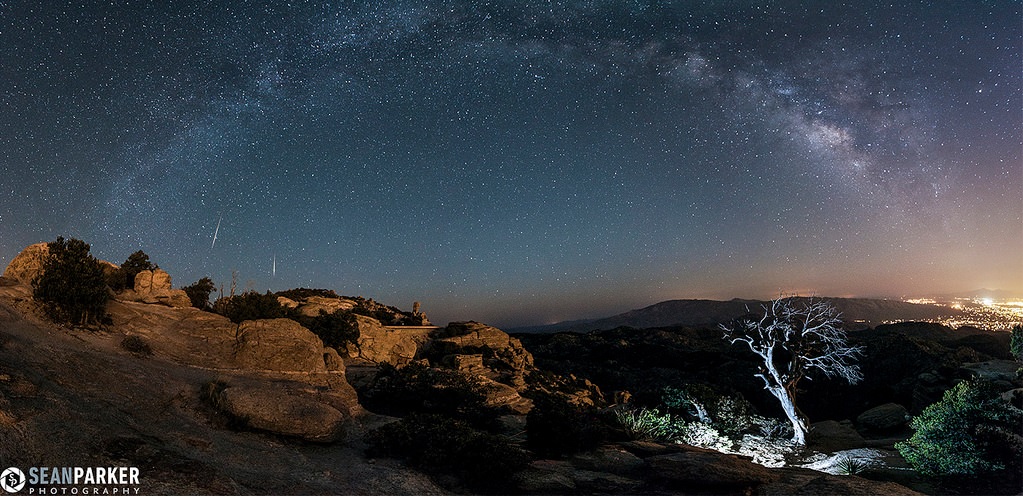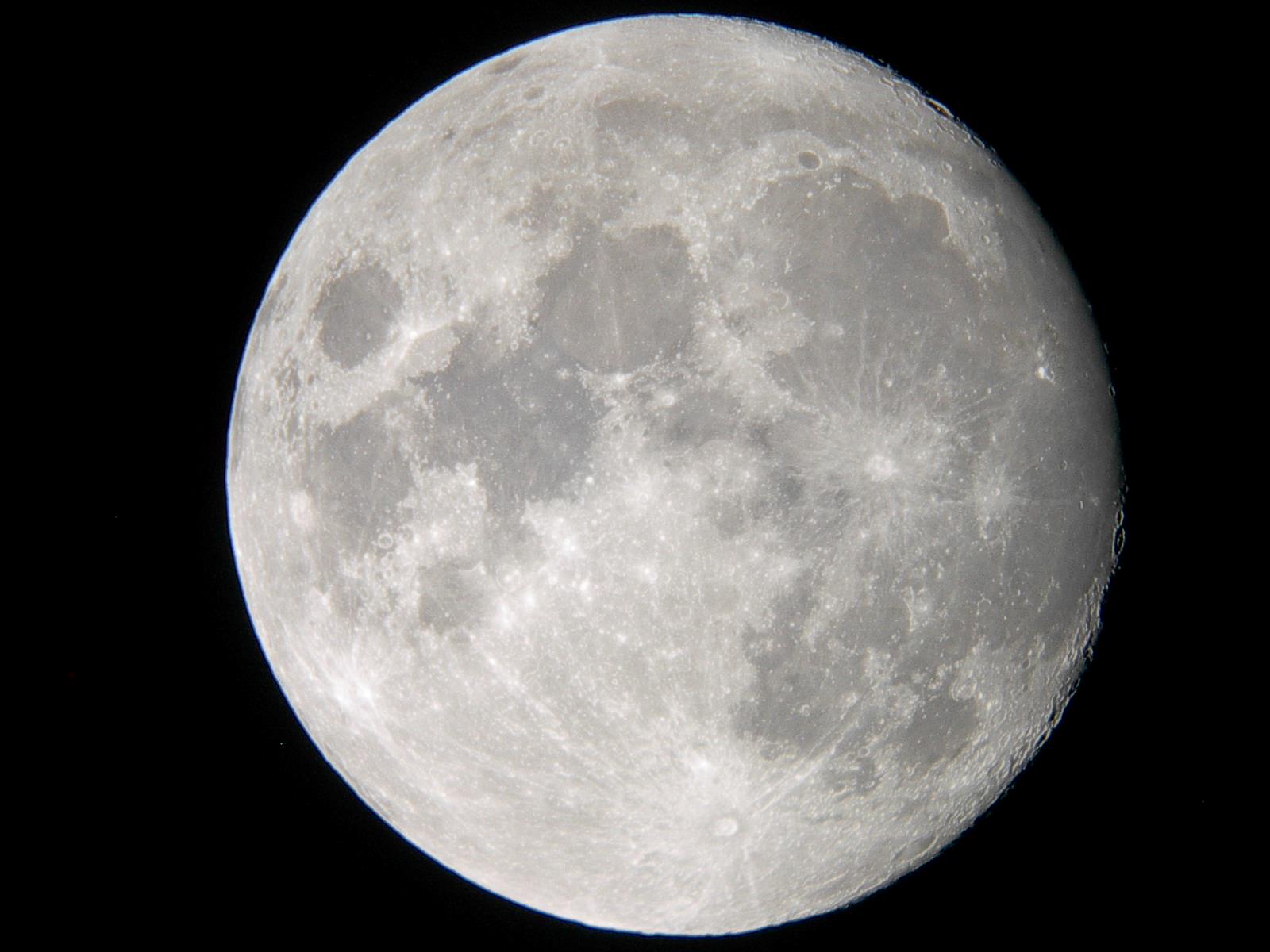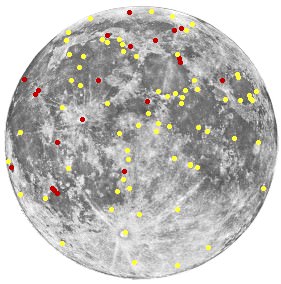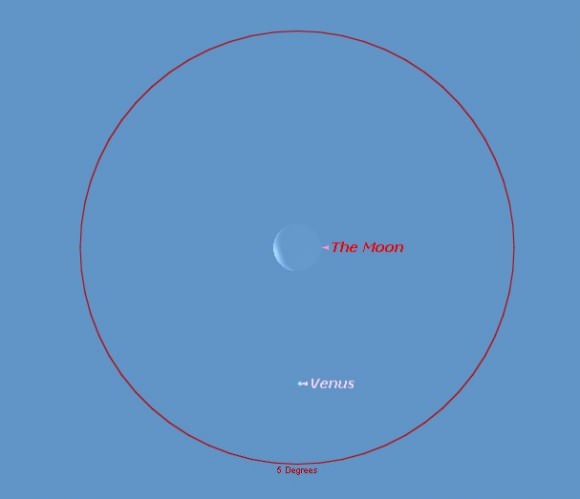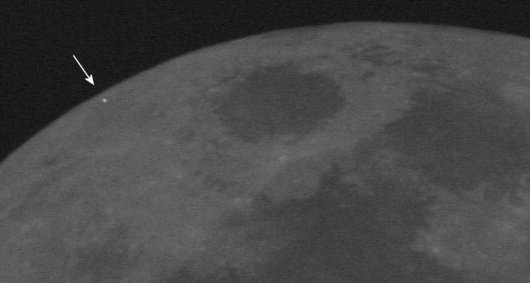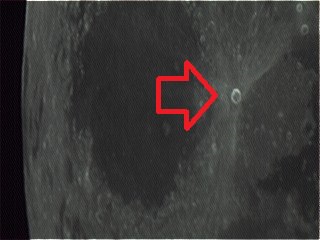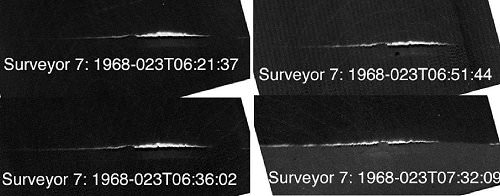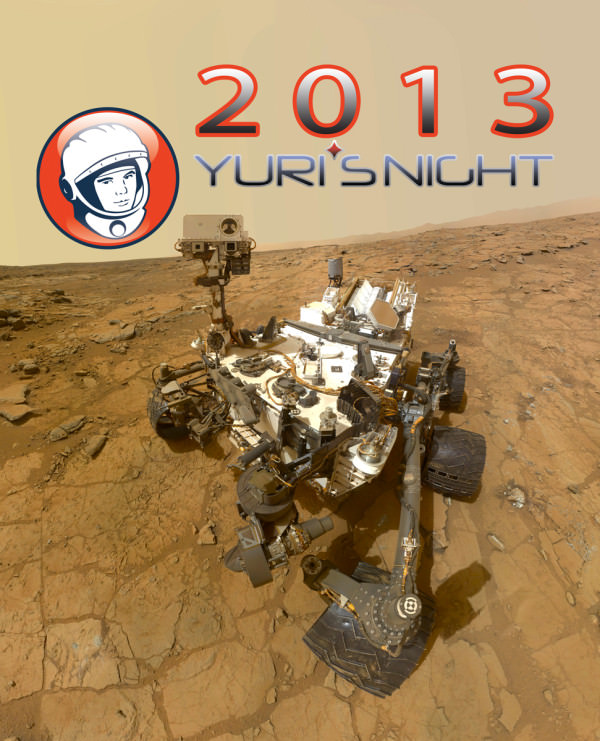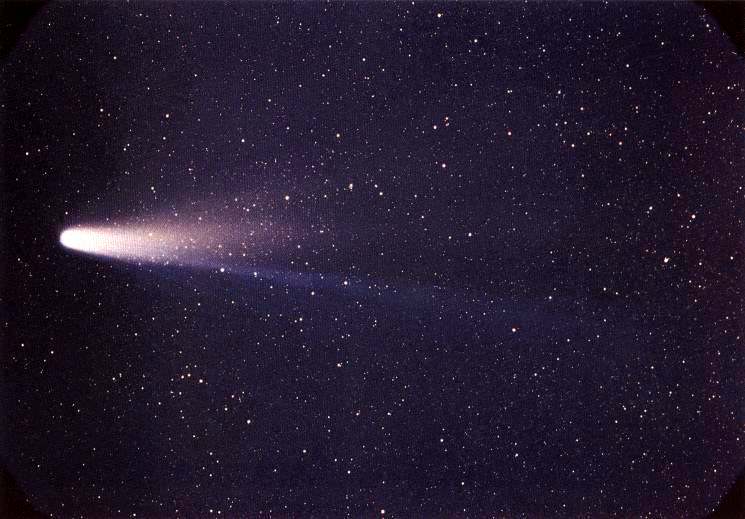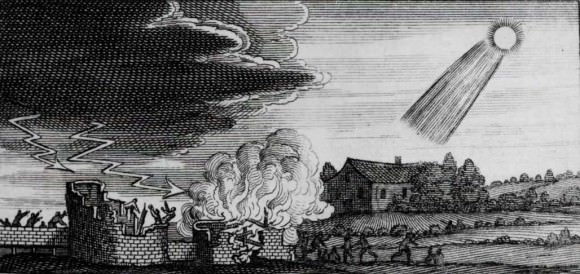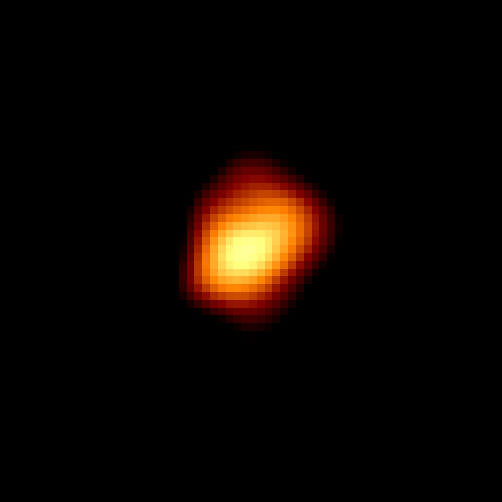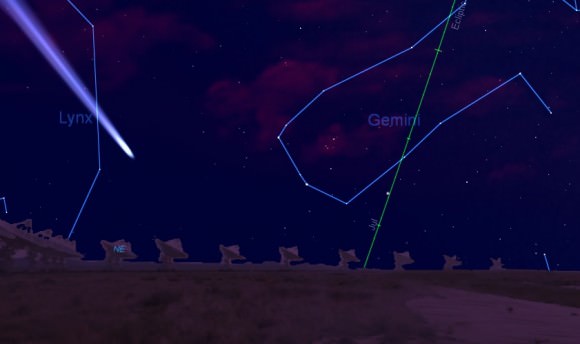“Year of meteors! Brooding year!”
-Walt Whitman
July 20th is a red letter date in space history. Apollo 11, the first crewed landing on the Moon, took place on this day in 1969. Viking 1 also made the first successful landing on Mars, seven years later to the day in 1976.
A remarkable astronomical event also occurred over the northeastern United States 153 years ago today on the night of July 20th, known as the Great Meteor Procession of 1860. And with it came a mystery of poetry, art and astronomy that was only recently solved in 2010.
A meteor procession occurs when an incoming meteor breaks up upon reentry into our atmosphere at an oblique angle. The result can be a spectacular display, leaving a brilliant glowing train in its wake. Unlike early morning meteors that are more frequent and run into the Earth head-on as it plows along in its orbit, evening meteors are rarer and have to approach the Earth from behind. In contrast, these often leave slow and stately trains as they move across the evening sky, struggling to keep up with the Earth.
The Great Meteor Procession of 1860 also became the key to unlock a 19th century puzzle as well. In 2010, researchers from Texas University San Marcos linked the event to the writings of one of the greatest American poets of the day.

Walt Whitman described a “strange, huge meteor-procession” in a poem entitled “Year of Meteors (1859-60)” published in his landmark work Leaves of Grass.
English professor Marilynn S. Olson and student Ava G. Pope teamed up with Texas state physics professors Russell Doescher & Donald Olsen to publish their findings in the July 2010 issue of Sky & Telescope.
As a seasoned observer, Whitman had touched on the astronomical in his writings before.
The event had previously been attributed over the years to the Great Leonid Storm of 1833, which a young Whitman would’ve witnessed as a teenager working in Brooklyn, New York as a printer’s apprentice.
Researchers noted, however, some problems with this assertion.
The stanza of contention reads;
Nor forget I sing of the wonder, the ship as she swam up my bay,
Well-shaped and stately, the Great Eastern swam up my bay, she was 600 feet long,
Her moving swiftly surrounded by myriads of small craft I forget not to sing;
Nor the comet that came unannounced out of the north flaring in heaven,
Nor the strange huge meteor-procession dazzling and clear shooting over our heads.
(A moment, a moment long, it sail’d its balls of earthly light over our heads,
Then departed, dropt in the night, and was gone.)
In the poem, the sage refers to the arrival of the Prince of Wales in New York City on October 1860. The election of Abraham Lincoln in November of that same year is also referred to earlier in the work. Whitman almost seems to be making a cosmic connection similar to Shakespeare’s along the lines of “When beggars die, no comets are seen…”
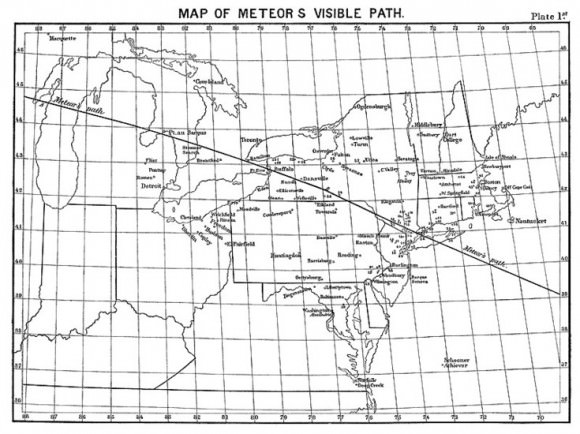
The “comet that came unannounced” is easily identified as the Great Comet of 1860. Also referred to as Comet 1860 III, this comet was discovered on June 18th of that year and reached +1st magnitude that summer as it headed southward. The late 19th century was rife with “great comets,” and northern hemisphere observers could look forward to another great cometary showing on the very next year in 1861.
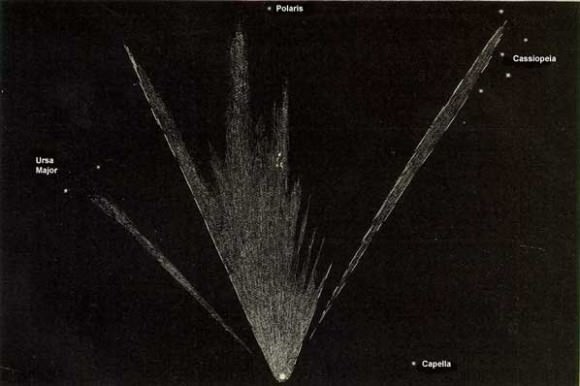
There are some problems, however with the tenuous connection between the stanza and the Leonids.
The 1833 Leonids were one of the most phenomenal astronomical events ever witnessed, with estimates of thousands of meteors per second being seen up and down the U.S. Eastern Seaboard the morning of November 13th. Whitman himself described the event as producing;
“…myriads in all directions, some with long shining white trains, some falling over each other like falling water…”
Keep in mind, many startled townsfolk assumed their village was on fire on that terrifying morning in 1833, as Leonid bolides cast moving shadows into pre-dawn bedrooms. Churches filled up, as many thought that Judgment Day was nigh. The 1833 Leonids may have even played a factor in sparking many of the religious fundamentalist movements of the 1830s. We witnessed the 1998 Leonids from Kuwait, and can agree that this meteor shower can be a stunning sight at its peak.
But Whitman’s poem describes a singular event, a “meteor-procession” very different from a meteor shower.
Various sources have tried over the years to link the stanza to a return of the Leonids in 1858. A note from Whitman mentions a “meteor-shower, wondrous and dazzling (on the) 12th-13th, 11th month, year 58 of the States…” but keep in mind, “year 1” by this reckoning is 1776.
A lucky break came for researchers via the discovery of a painting by Frederic Church entitled “The Meteor of 1860.” This painting and several newspaper articles of the day, including an entry in the Harpers Weekly, collaborate a bright meteor procession seen across the northeastern U.S. from New York and Pennsylvania across to Wisconsin.
Such a bright meteor entered the atmosphere at a shallow angle, fragmented, and most likely skipped back out into space. Similar meteor processions have been observed over the years over the English Channel on August 18th, 1783 & across the U.S. Eastern Seaboard and Canada on February 9th, 1913.
On August 10th, 1972, a similar bright daylight fireball was recorded over the Grand Tetons in the western United States. Had the Great Meteor Procession of 1860 come in at a slightly sharper angle, it may have triggered a powerful airburst such as witnessed earlier this year over Chelyabinsk, Russia the day after Valentine’s Day.
The 1860 Meteor Procession is a great tale of art, astronomy, and mystery. Kudos to the team of researchers who sleuthed out this astronomical mystery… I wonder how many other unknown stories of historical astronomy are out there, waiting to be told?

